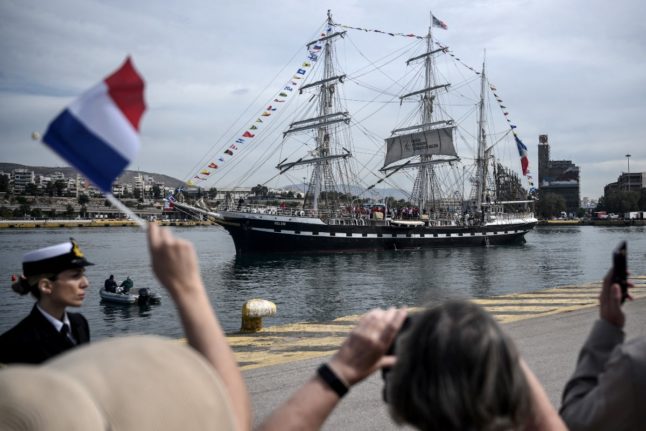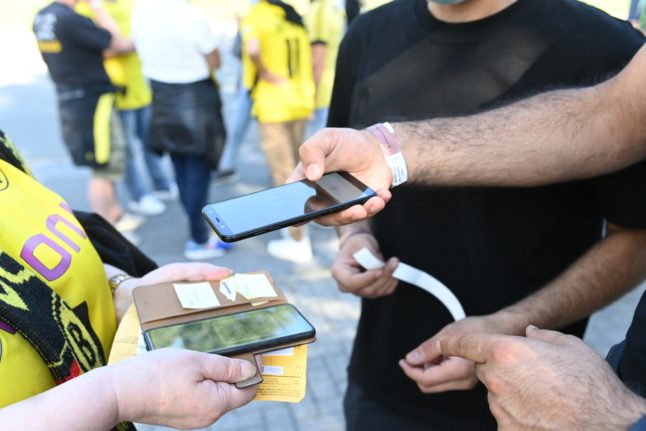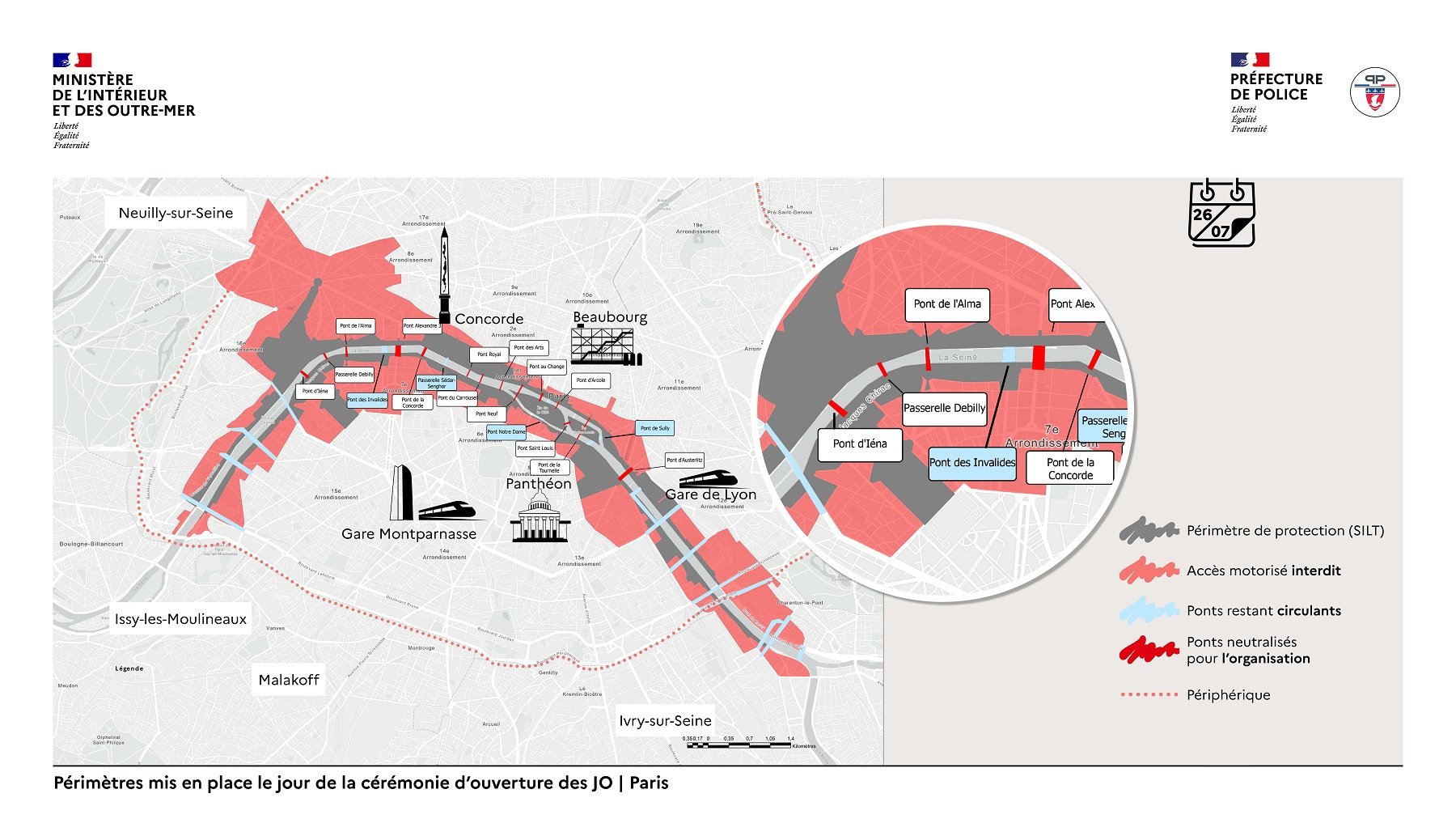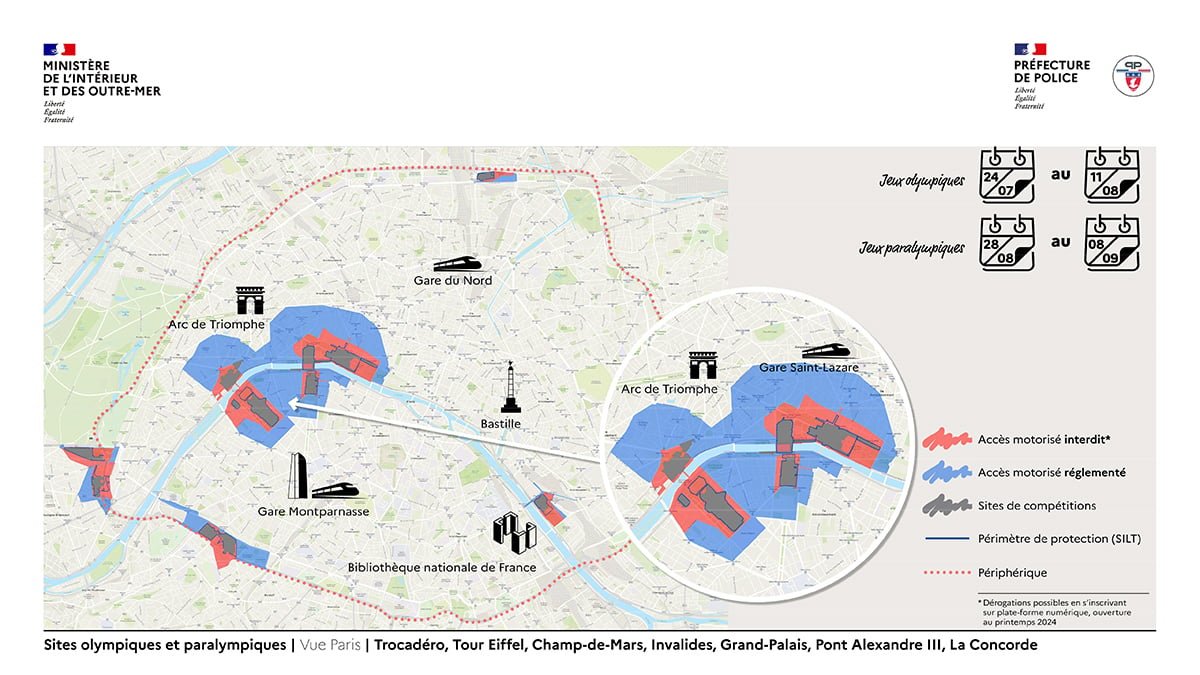“The feelings are so exceptional. It’s such an emotion for me”, Tony Estanguet, Paris Olympics chief organiser, told reporters before the departure of the ship from Piraeus.
He hailed the “great coincidence” how the Belem was launched just weeks after the first modern Olympic Games were held in Athens in 1896.
“These games mean a lot. It’s been a centenary since the last time we organised the Olympic games in our country,” he added.
The 19th-century three-masted boat set sail on a calm sea but under cloudy skies.
It was accompanied off the port of Piraeus by the trireme Olympias of the Greek Navy and 25 sailing boats while dozens of people watched behind railings for security reasons.
“We came here so that the children understand that the Olympic ideal was born in Greece. I’m really moved,” Giorgos Kontopoulos, who watched the ship starting its voyage with his two children, told AFP.
On Sunday, the ship will pass from the Corinth Canal — a feat of 19th century engineering constructed with the contribution of French banks and engineers.
‘More responsible Games’
The Belem is set to reach Marseille — where a Greek colony was founded in around 600 BCE — on May 8.
Over 1,000 vessels will accompany its approach to the harbour, local officials have said.
French swimmer Florent Manaudou will be the first torch bearer in Marseille. His sister Laure was the second torch bearer in ancient Olympia, where the flame was lit on April 16.
Ten thousand torchbearers will then carry the flame across 64 French territories.
It will travel through more than 450 towns and cities, and dozens of tourist attractions during its 12,000-kilometre (7,500-mile) journey through mainland France and overseas French territories in the Caribbean, Indian Ocean and Pacific.
It will then reach Paris and be the centre piece of the hugely imaginative and new approach to the Games opening ceremony.
Instead of the traditional approach of parading through the athletics stadium at the start of the Games, teams are set to sail down the Seine on a flotilla of boats in front of up to 500,000 spectators, including people watching from nearby buildings.
The torch harks back to the ancient Olympics when a sacred flame burned throughout the Games. The tradition was revived in 1936 for the Berlin Games.
Greece on Friday had handed over the Olympic flame of the 2024 Games, at a ceremony, to Estanguet.
Hellenic Olympic Committee chairman Spyros Capralos handed the torch to Estanguet at the Panathenaic Stadium, where the Olympics were held in 1896.
Estanguet said the goal for Paris was to organise “spectacular but also more responsible Games, which will contribute towards a more inclusive society.”
Organisers want to ensure “the biggest event in the world plays an accelerating role in addressing the crucial questions of our time,” said Estanguet, a member of France’s Athens 2004 Olympics team who won gold in the slalom canoe event.
A duo of French champions, Beijing 2022 ice dance gold medallist Gabriella Papadakis and former swimmer Beatrice Hess, one of the most successful Paralympians in history, carried the flame during the final relay leg into the Panathenaic Stadium.
Nana Mouskouri, the 89-year-old Greek singer with a worldwide following, sang the French and Greek anthems at the ceremony.






 Please whitelist us to continue reading.
Please whitelist us to continue reading.
Member comments